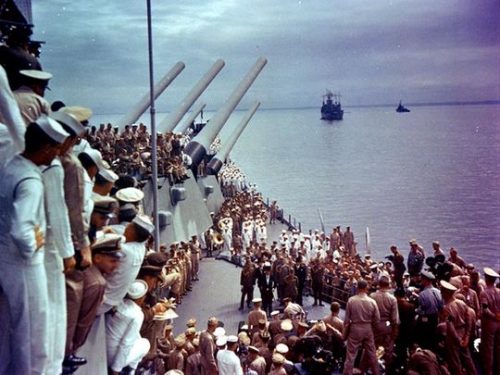Starting seventy five years ago in March 1942, in the aftermath of the February 1942 raid on Darwin by Japan’s dreaded Kido Butai Carrier Fleet, land based air units of the Imperial Japanese Navy and Army Air Forces began a sustained campaign to keep Darwin suppressed as a forward operating base for the Allied militaries in Australia. To stop this onslaught, the newly formed and radar equipped Australian No. Five Fighter Sector, RAAF, together with the US Army Air Force 49th Fighter Group fought a lonely and forgotten campaign of aerial attrition that was a tactical draw and an operational victory for General Douglas MacArthur’s Southwest Pacific Theater.
This operational level victory saw the first aerial combined-arms team in the Pacific theater with a radio-telecommunications based command and control organization that melded radar, signals intelligence, ground based observers, ground based air defense, combat engineering, and logistics to meld into an aerial fighting style unique to MacArthur’s theater. A style tactically years in advance of the USAAF in North Africa and Northwest Europe and months in advance of USMC air units over Midway and Guadalcanal. The isolation of this campaign from the USAAF high command also highlighted the fact that the US Army Air Force’s pursuit — AKA fighter pilot — faction was well aware of how to get and maintain air superiority…without the interference of the bomber-faction-dominated USAAF high command.

Figure 1 — 49th Fighter Group P-40 fighters in Darwin, Photo Credit — Australian War Memorial.
